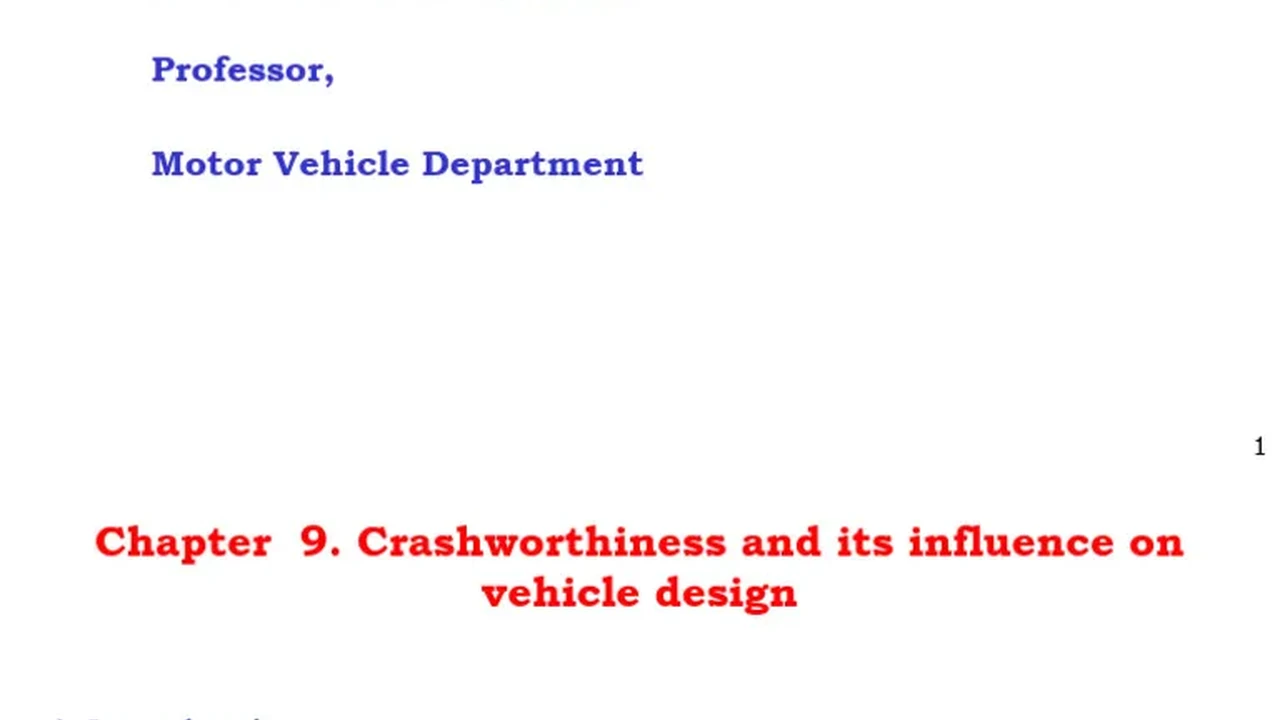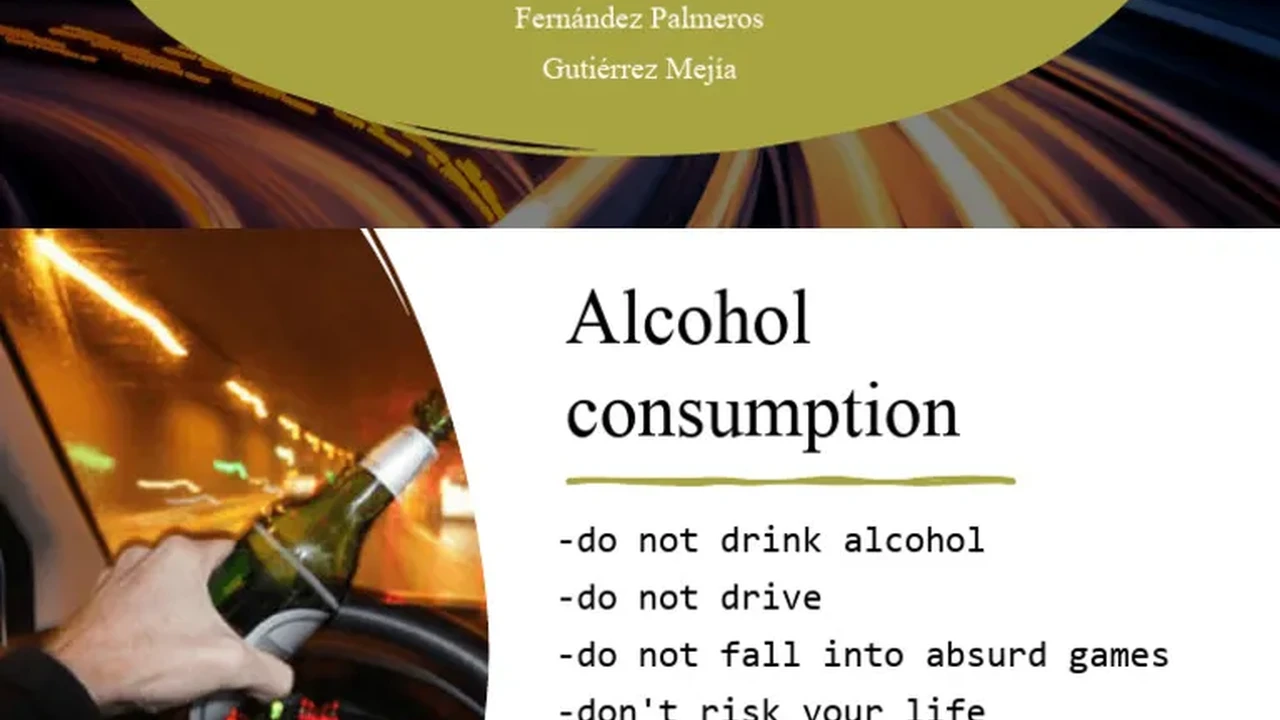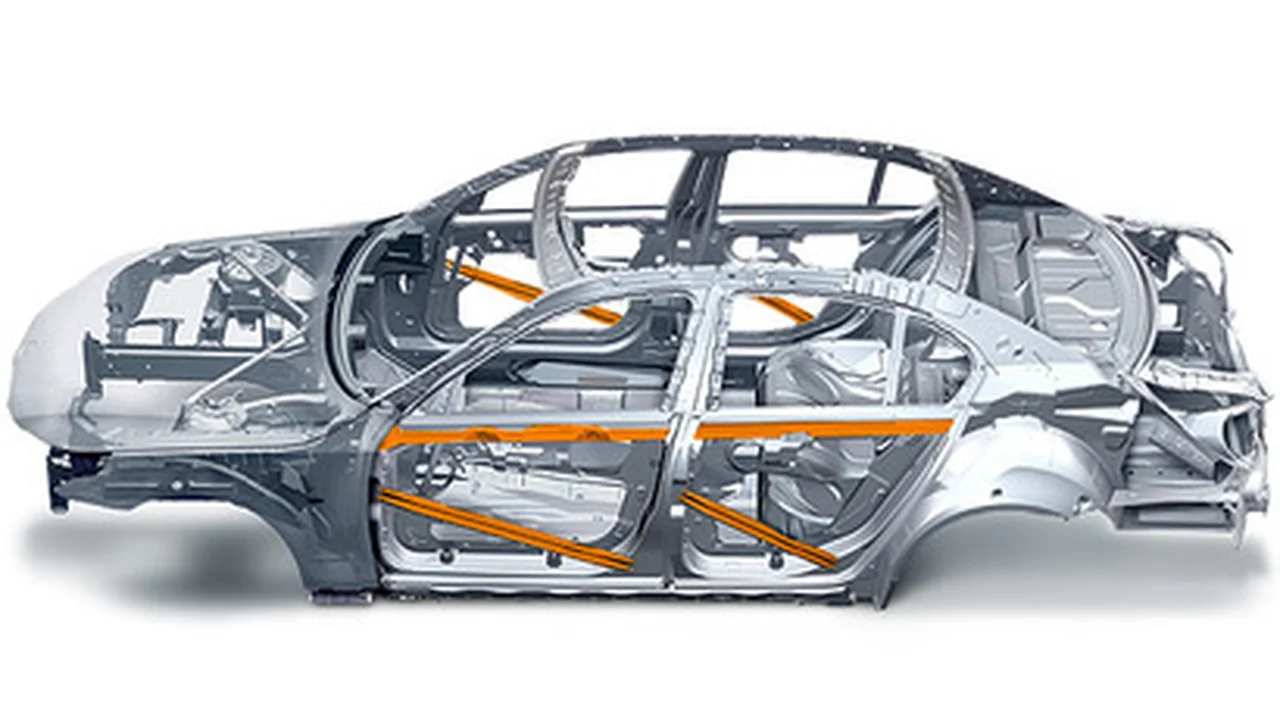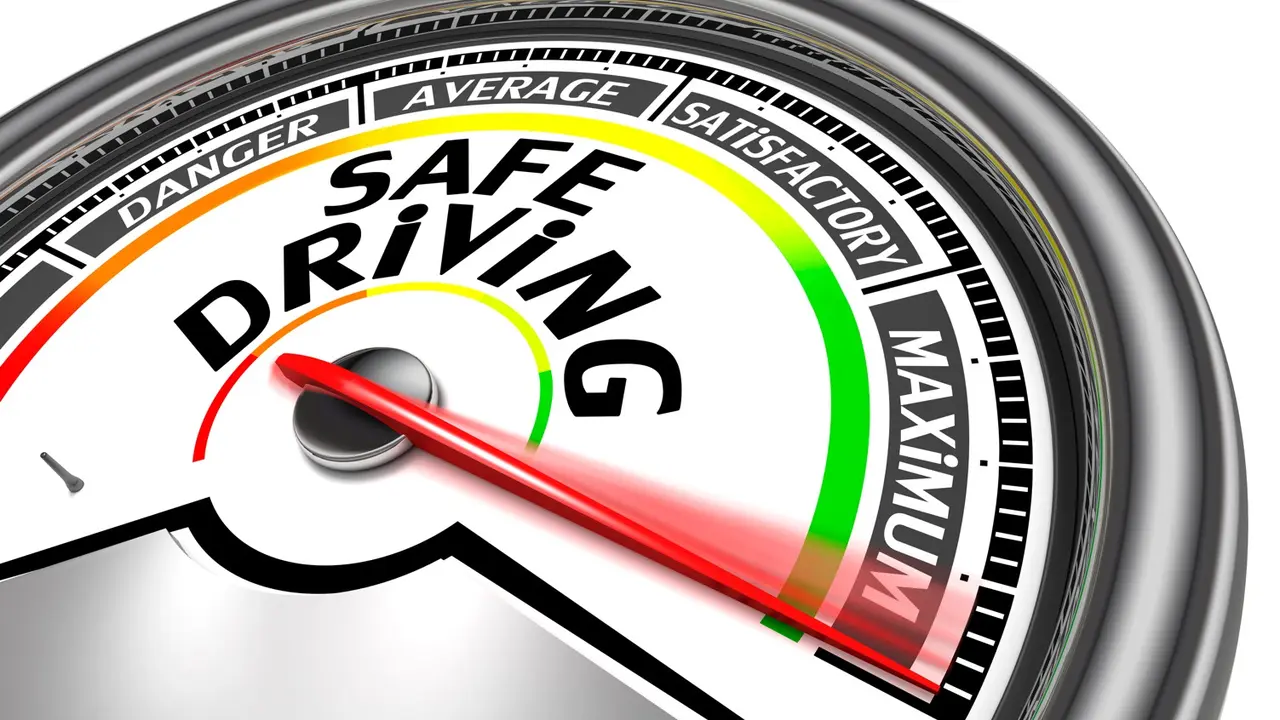Comparing Crash Avoidance Features Across Different Car Brands
Sample meta description.
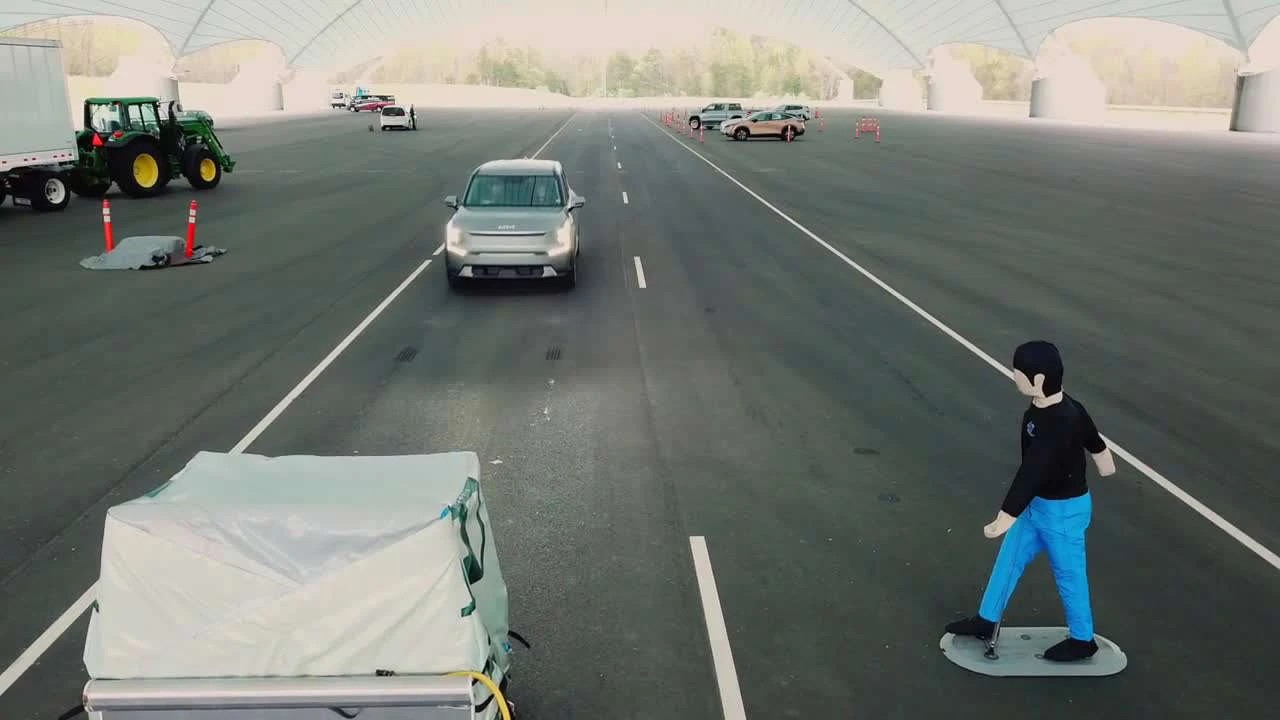
Understanding the Landscape of Car Safety Technology Crash Avoidance Features
So, you're in the market for a new car and safety is a big deal, right? Makes total sense. These days, cars are packed with tech designed to keep you out of trouble. We're talking about "crash avoidance features," the stuff that steps in before an accident happens. Think of it as your car's own personal guardian angel. But with so many brands and features out there, how do you even begin to compare them? That's what we're diving into today.
We'll break down the key technologies, look at how different manufacturers implement them, highlight some specific models, and even give you a ballpark idea of what these features will cost. Let's get started!
Automatic Emergency Braking (AEB) A Deep Dive into Collision Mitigation
First up, Automatic Emergency Braking, or AEB. This is a big one. AEB uses sensors (usually radar, cameras, or both) to detect potential collisions with other vehicles, pedestrians, or cyclists. If the system determines a collision is imminent and the driver hasn't reacted, it will automatically apply the brakes. Pretty slick, huh?
Now, the tricky part is that AEB systems aren't all created equal. Some only work at low speeds (city driving), while others are effective at highway speeds. Some can detect pedestrians and cyclists, while others are limited to other vehicles. Some are more sensitive and brake earlier, while others wait until the last possible second.
Brand Differences:
- Volvo: Known for their commitment to safety, Volvo's City Safety system is a comprehensive AEB system that works at a wide range of speeds and detects vehicles, pedestrians, cyclists, and even large animals. Their system is often lauded for its early and effective intervention.
- Subaru: Subaru's EyeSight system uses two cameras mounted near the rearview mirror to monitor the road ahead. It's generally considered one of the top-performing AEB systems, particularly for its reliability and consistent performance.
- Toyota/Lexus: Toyota Safety Sense and Lexus Safety System+ offer a range of AEB features, including Pre-Collision System with Pedestrian Detection. Their systems are generally reliable, but some reviewers have noted that the pedestrian detection can be overly sensitive in certain situations.
- Honda/Acura: Honda Sensing and AcuraWatch include Collision Mitigation Braking System (CMBS), which is Honda's version of AEB. While generally effective, some reviewers have found it to be less refined than some of the competition.
- Tesla: Tesla's Autopilot system includes AEB, but it's important to note that Autopilot is not a fully autonomous system. Tesla's AEB has been the subject of some debate, with some tests showing excellent performance and others showing inconsistencies.
Lane Departure Warning (LDW) and Lane Keeping Assist (LKA) Staying in Your Lane
Next up, we have Lane Departure Warning (LDW) and Lane Keeping Assist (LKA). LDW alerts the driver if the vehicle starts to drift out of its lane without the turn signal being activated. LKA goes a step further and actively steers the vehicle back into the lane. These systems use cameras to monitor lane markings and can be a lifesaver if you're distracted or drowsy.
Again, the implementation varies across brands. Some systems are more aggressive than others in their steering intervention. Some only work at higher speeds, while others are effective at lower speeds. Some require the driver to keep their hands on the wheel, while others allow for brief periods of hands-free driving (though this is generally not recommended).
Brand Differences:
- BMW: BMW's Active Driving Assistant includes Lane Departure Warning and Lane Keeping Assistant. The system is generally well-regarded for its smooth and natural steering intervention.
- Mercedes-Benz: Mercedes-Benz's Driver Assistance Package includes Active Lane Keeping Assist. The system is known for its advanced features, such as the ability to automatically change lanes when the turn signal is activated.
- Hyundai/Kia: Hyundai and Kia offer Lane Keeping Assist as part of their SmartSense suite of safety features. The system is generally effective and offers good value for the price.
- Ford: Ford's Lane-Keeping System is a standard feature on many of their models. It's a relatively simple system, but it's effective at preventing unintentional lane departures.
Blind Spot Monitoring (BSM) and Rear Cross-Traffic Alert (RCTA) Seeing What You Can't
Blind Spot Monitoring (BSM) uses sensors (usually radar) to detect vehicles in your blind spots. It typically alerts the driver with a visual warning in the side mirrors and may also provide an audible warning if you attempt to change lanes while a vehicle is in your blind spot. Rear Cross-Traffic Alert (RCTA) uses similar sensors to detect vehicles approaching from the sides when you're backing out of a parking space.
These features are particularly useful in urban environments and can help prevent accidents when changing lanes or backing out of tight spots.
Brand Differences:
- Audi: Audi Side Assist includes Blind Spot Monitoring and Rear Cross-Traffic Alert. The system is known for its accurate and reliable detection.
- Infiniti: Infiniti's Blind Spot Intervention system goes a step further than simple monitoring. If the system detects a vehicle in your blind spot and you attempt to change lanes, it will actively steer the vehicle back into its lane.
- Nissan: Nissan's Blind Spot Warning and Rear Cross Traffic Alert are standard features on many of their models. The system is generally effective and offers good value for the price.
Adaptive Cruise Control (ACC) Maintaining a Safe Distance
Adaptive Cruise Control (ACC) is an enhanced version of cruise control that automatically adjusts your speed to maintain a safe following distance from the vehicle in front of you. It uses radar or cameras to detect the distance to the vehicle ahead and will automatically accelerate or brake to maintain the set distance.
ACC can be a real game-changer on long road trips, reducing driver fatigue and making highway driving much more relaxed. However, it's important to remember that ACC is not a substitute for attentive driving. You still need to be aware of your surroundings and be prepared to take control of the vehicle if necessary.
Brand Differences:
- Land Rover/Range Rover: Land Rover and Range Rover offer Adaptive Cruise Control with Stop & Go, which allows the system to bring the vehicle to a complete stop and then resume driving when the vehicle in front starts moving again.
- Porsche: Porsche's Adaptive Cruise Control includes Porsche Active Safe (PAS), which can detect potential collisions and automatically apply the brakes if necessary.
- Mazda: Mazda Radar Cruise Control with Stop & Go is a standard feature on many of their models. The system is generally effective and offers good value for the price.
Specific Product Recommendations and Comparisons
Okay, let's get down to brass tacks and talk about some specific cars that excel in the crash avoidance department. We'll look at a few different segments and price points.
Subaru Outback: The All-Around Safety Champ (Price: $28,000 - $40,000)
The Subaru Outback consistently earns top safety ratings, thanks in large part to its standard EyeSight driver assist system. EyeSight includes Automatic Emergency Braking, Lane Departure Warning, Lane Keeping Assist, and Adaptive Cruise Control. The Outback is also known for its excellent visibility and standard all-wheel drive, which further enhances its safety in adverse weather conditions.
Usage Scenario: Perfect for families, outdoor enthusiasts, and anyone who lives in an area with challenging weather conditions.
Volvo XC60: Scandinavian Safety at its Finest (Price: $43,000 - $60,000)
Volvo is synonymous with safety, and the XC60 is a prime example of their commitment to protecting occupants. The XC60 comes standard with City Safety, a comprehensive suite of crash avoidance features that includes Automatic Emergency Braking, Lane Keeping Aid, and Blind Spot Information System. The XC60 also offers Pilot Assist, a semi-autonomous driving system that can assist with steering, acceleration, and braking on well-marked roads.
Usage Scenario: Ideal for families who prioritize safety and luxury, and who are looking for a sophisticated and well-equipped SUV.
Tesla Model 3: Cutting-Edge Tech, But with Caveats (Price: $40,000 - $60,000)
The Tesla Model 3 is packed with advanced technology, including Autopilot, which includes Automatic Emergency Braking, Lane Departure Warning, and Adaptive Cruise Control. However, as mentioned earlier, Tesla's Autopilot system has been the subject of some debate, with some tests showing excellent performance and others showing inconsistencies. It's important to remember that Autopilot is not a fully autonomous system and requires the driver to remain attentive and ready to take control.
Usage Scenario: Best for tech-savvy drivers who are comfortable with the latest technology and are willing to accept some potential quirks in exchange for cutting-edge features.
Honda Civic: Affordable Safety for the Masses (Price: $23,000 - $30,000)
The Honda Civic is a popular compact car that offers a surprisingly comprehensive suite of safety features, even on lower trim levels. Honda Sensing, which includes Collision Mitigation Braking System, Lane Keeping Assist System, and Adaptive Cruise Control, is standard on most Civic models. This makes the Civic a great choice for budget-conscious buyers who don't want to compromise on safety.
Usage Scenario: A practical and affordable choice for commuters, students, and anyone looking for a reliable and safe compact car.
Comparing AEB Systems: Volvo City Safety vs. Subaru EyeSight
Let's zoom in on two of the top-rated AEB systems: Volvo's City Safety and Subaru's EyeSight.
Volvo City Safety: Uses a combination of radar, cameras, and sensors to detect vehicles, pedestrians, cyclists, and large animals. It's known for its early and effective intervention, and it works at a wide range of speeds. City Safety is also integrated with other safety systems, such as Run-off Road Mitigation and Oncoming Lane Mitigation, to provide a comprehensive safety net.
Subaru EyeSight: Uses two cameras mounted near the rearview mirror to monitor the road ahead. It's generally considered one of the top-performing AEB systems, particularly for its reliability and consistent performance. EyeSight is also known for its accurate lane keeping assist and adaptive cruise control features.
The Verdict: Both City Safety and EyeSight are excellent AEB systems. City Safety is perhaps slightly more comprehensive, while EyeSight is known for its reliability and consistent performance. Ultimately, the best system for you will depend on your individual needs and preferences.
The Cost of Safety: Are These Features Worth It?
Adding crash avoidance features to your car will inevitably increase the price. But are they worth the extra cost? In most cases, the answer is a resounding yes. These features can help prevent accidents, reduce injuries, and even save lives. They can also help lower your insurance premiums and make your car more valuable when you eventually decide to sell it.
The cost of these features varies depending on the brand and model. Some manufacturers offer them as standard equipment, while others offer them as optional extras. In general, you can expect to pay anywhere from a few hundred dollars to several thousand dollars for a comprehensive suite of crash avoidance features.
Pro Tip: When shopping for a new car, be sure to check the Insurance Institute for Highway Safety (IIHS) and the National Highway Traffic Safety Administration (NHTSA) websites for safety ratings and crash test results. These organizations provide valuable information that can help you make an informed decision.
Beyond the Basics: Advanced Safety Technologies to Consider
While we've covered the most common crash avoidance features, there are also a number of more advanced technologies to consider.
- Night Vision: Uses infrared cameras to detect pedestrians and animals in the dark, even before they are visible to the naked eye.
- Driver Monitoring Systems: Use cameras to monitor the driver's eyes and face for signs of fatigue or distraction.
- Automatic Parking Assist: Automatically steers the vehicle into a parking space.
- Surround View Cameras: Provide a 360-degree view of the vehicle's surroundings, making it easier to maneuver in tight spaces.
These advanced technologies are typically found on higher-end vehicles, but they can provide an extra layer of safety and convenience.
Final Thoughts: Making an Informed Decision
Choosing a car with the right crash avoidance features can be a complex process, but it's well worth the effort. By understanding the different technologies available and comparing how different manufacturers implement them, you can make an informed decision that will help keep you and your loved ones safe on the road. Remember to prioritize features that are most important to you and to test drive different vehicles to see how the systems perform in real-world conditions. Happy (and safe) driving!
:max_bytes(150000):strip_icc()/277019-baked-pork-chops-with-cream-of-mushroom-soup-DDMFS-beauty-4x3-BG-7505-5762b731cf30447d9cbbbbbf387beafa.jpg)



